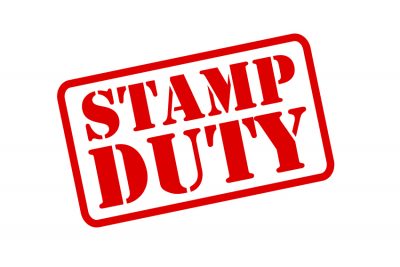
Tenants Keep Renting In Stamp Duty Surge
Research by Hamptons suggests that the increased house prices caused by the stamp duty holiday sales surge has indirectly obliged more tenants keep renting – because they cannot afford larger deposits.
That’s the analysis by Hamptons in the agency’s latest rental market snapshot.
This continued demand for rental property has occurred at the same time as supply has plummeted.
Aneisha Beveridge, head of research at Hamptons, says: “This year we’ve seen a sharp decline in the number of rental homes coming onto the market. As tenants keep renting they are now faced with significantly less choice, which in turn is pushing up rents. And with many landlords having multiple offers on the table, half of investors have been able to increase the rent they charge.
“Rental stock levels have also been hit with the onset of the pandemic causing investors to hold back. This has been compounded by emergency legislation which saw landlords having to extend a tenant’s notice period to a minimum of six months, reducing turnover further.
“At the same time, many who were looking to buy had to put their plans on ice and the tenants keep renting, as banks sought larger deposits for house purchases.
“However, there are signs that this could change. Over the last five months, and in an effort to beat the original stamp duty deadline of the end of March, landlord purchases started to rise, which will add to stock levels when these homes complete.”
In the meantime, however, the supply shortage means one thing – rent increases almost everywhere, except London.
Since the start of the pandemic – March 2020 – some 300,000 fewer properties have come onto the rental market than during the preceding 12 months.
Hamptons says that last month, the number of rental homes on the market fell by double digit percentages in every region apart from London compared with the same time last year.
London was the only region where there were more homes available to rent than in February 2020.
The South West and Wales saw the largest declines, with 48 per cent fewer homes available to rent in February than the same time last year.
Hamptons adds that the urban-rural divide which first emerged at the start of the pandemic has continued to deepen.
There were 16 per cent more homes available to rent in cities across Britain in February this year than at the same time in 2020, while towns and country locations recorded falls of 28 per cent and 52 per cent respectively.
This divide was also evident in would-be tenant numbers which remained flat in the countryside, while dropping 10 per cent in cities.
The lack of rental homes on the market has meant that so far this year no fewer than 50 per cent of landlords letting a property were able to secure a higher rent than they had previously achieved, according to the agency.
This is the highest proportion since 2016, with an average increase of £60 per month.
In line with weak rental growth in the capital, fewer London landlords – just 37 per cent were able to secure higher rents, marking the lowest proportion recorded in any region.
In contrast, 62 per cent of landlords in the South West were able to achieve higher rents on their properties.


If you have any comments, please email the author of this article and click on the link above